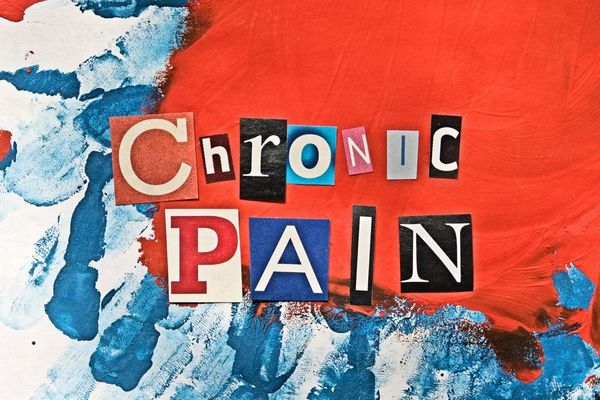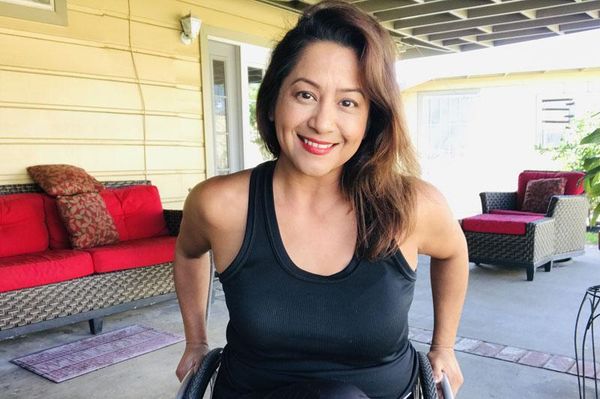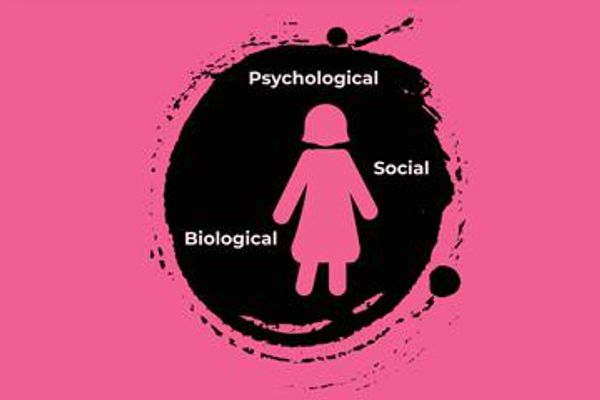But It's Not "All in Your Head"
If you live with chronic pain you've probably been told "you just need to relax" or "you should stop focusing on the pain" or even "it's all in your head."
Phrases (and attitudes) like that can contribute to feelings of resentment and frustration, and for good reason: Countless generations of women have experienced unnecessary suffering because their symptoms were wrongly attributed to their emotions—or simply dismissed.
But there is a treatment method that focuses on our minds and provides relief from chronic pain: cognitive behavioral therapy (CBT). Chronic pain is a real physical condition, but the reality is that sometimes, health care providers can't relieve the pain medically. That's when CBT can play a significant role.
"The cognitive part is the mental part, or the emotional part, of how we perceive what's going on," explains Robert Jamison, PhD, chief psychologist at Brigham and Women's Hospital Pain Management Center in Chestnut Hill, Mass., and professor, Harvard Medical School. Jamison says many patients fall into a vicious cycle of focusing on the pain and guarding and bracing in a way that, over time, can increase pain.
In CBT, therapists help patients identify negative thoughts, adjust them as much possible, and take meaningful action. Jamison says, "the focus is, how do you help change the cognitive or the thinking part, and also how do you help make an adaptive change in terms of behavioral response to pain?"
Sara Dittoe Barrett, PhD is a health psychologist in private practice in Chicago, focusing on patients with chronic pain, insomnia, anxiety disorders and obsessive-compulsive disorder.
"The pain is real and the suffering is real," she says. "My goal, whether it's physical pain or emotional pain, is to help people figure out ways to suffer less. It's less often about changing the content of [a patient's] thoughts, and more changing how the thoughts influence them and influence their behavior."
Jamison says patients who get caught in a vicious cycle can end up catastrophizing—focusing on all the possible negative outcomes. "These recurrent worried thoughts can actually heighten things and make it worse and can contribute to a stress response," he says. His treatment approach includes finding ways to intervene and teach patients how to identify when they're having those thoughts so they can break the cycle.
Compassion practice
Barrett's practice includes mindfulness-based techniques that help patients identify when they're stuck in negative emotions. And she focuses on compassion. There are two layers of suffering, she explains: One layer is the pain itself, and "the second layer of suffering can be from either not wanting what's happening to us...or fighting against physical or emotional or psychological pain."
When patients struggle, their pain is magnified. Catastrophic thinking, self-blame, or self-criticism can keep patients from making positive changes to their approach. But when they learn how to slow down, to bring some acceptance to their experience, they can begin to make meaningful change, says Barrett. And when patients are kinder to themselves during this difficult process, they build a self-compassion practice that soothes their spirits.
Relaxation strategies can help people with chronic pain stop their stress response, reduce tension, and calm their nervous system. Pacing strategies teach patients how to approach tasks in new ways that cause less pain. Creative problem-solving techniques help patients develop workarounds and fresh methods of achieving their goals. These are all components of CBT.
Jamison adds that technology can help, too; he and his team developed Master My Pain, an app for patients at his clinic (and some other institutions) that helps them track symptoms and create line graphs and charts to share with health care providers. He says any patient can benefit from tracking their experience and sharing it with their health care team. This is especially helpful when patients have to wait weeks or months in between appointments but want providers to see the big picture, he says: "It's a little bit more objective in terms of what's happening, since our memories sometimes get blurred a lot by how we're feeling at the moment."
Jamison says patients need to feel entitled and empowered to be active participants in their care. "Sometimes, what individuals do about their pain can be as important as what the doctors do," he says.
Ready to take action?
The American Pain Society offers educational resources about chronic pain, as well as a directory of award-winning pain treatment centers. The American Chronic Pain Association's website is packed with information about CBT and other treatment options. The 4-Week Insomnia Workbook: A Drug-Free Program to Build Healthy Habits and Achieve Restful Sleep by Sara Dittoe Barrett, PhD, offers a resource on a common comorbid condition with chronic pain. And Learning to Master Your Chronic Pain by Robert Jamison, PhD makes a great addition to your chronic pain resource library.







